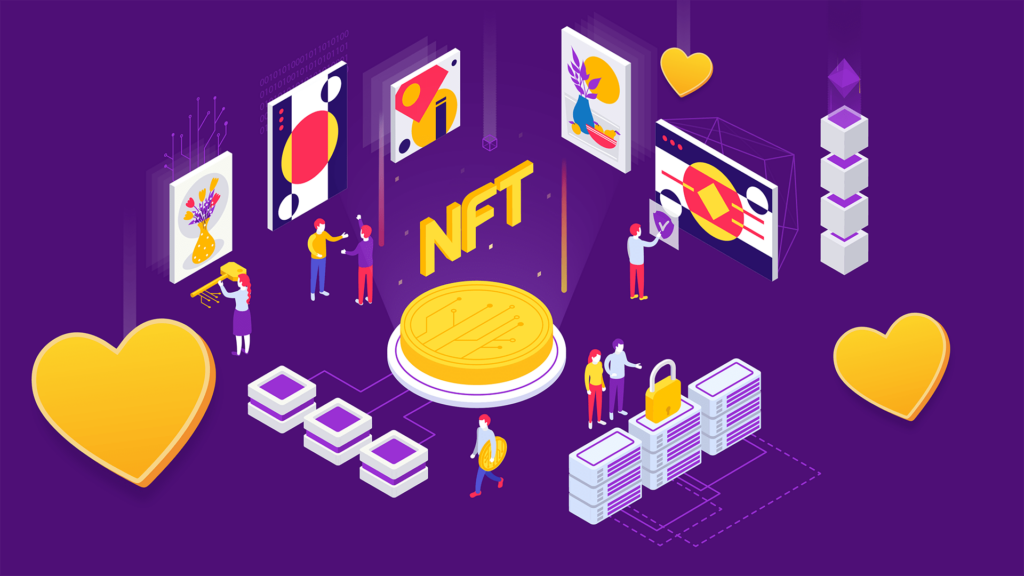Crypto Philanthropy has become one of the world’s fastest-growing donation methods. Today, thousands of nonprofits tap into crypto donations to diversify their revenue sources. But where are these donations coming from, and who’s behind them?
You may have heard that many crypto donors prefer to stay anonymous. While you might not know the exact person—or group of people—behind the donation, it’s still important for your nonprofit to have a sense of who typically donates crypto so your organization can build connections with the wider crypto community.
Understanding who donates cryptocurrency will help your nonprofit with outreach, messaging, and other marketing efforts—especially during your all-important year-end campaign. Here’s everything you need to know about the typical crypto donor.
1. Younger Generations Donate Cryptocurrency
Most crypto users are young and affluent. The majority of them are:
- Of the Millennial or Gen Z generations. More than 76% of crypto users are Millennials while 17% are Gen Z.
- About 38 years old on average. In comparison, the average nonprofit donor’s age is 65.
Understanding the typical age of crypto users can help your organization connect with them. For example, Millennials and Gen Z are “digital natives”—people who have grown up during the digital age. Using social media platforms to make donation appeals rather than a direct mail campaign will likely help you connect with them.
2. People With High Income Donate Cryptocurrency
The average income of crypto users is $110,000. This is larger than the average income of any major city’s population in the entire United States. On top of this, 83% of Millennial millionaires own crypto. Crypto users are interested in aiding good causes with their extra income; they’ll be looking for organizations just like yours to support.
Many people are attracted to using crypto because of its high-return investment potential. However, they also use crypto due to other factors such as a greater sense of data privacy and security, and growing dissatisfaction with traditional methods of investment such as stocks.
3. Crypto Donors Are Generous
According to a recent study by Fidelity Charitable, crypto donors tend to be more generous in comparison to their cash-giving peers. 45% of crypto users donate at least $1,000 to charity every year. Only 33% of the general donor population donates that amount each year.
The average donation size tends to be larger among crypto donors, as well. In 2021, the average crypto donation size processed by The Giving Block was $11,000—nearly 100 times larger than the average online donation (which was $128).
4. Crypto Donations Aren’t Always From Individuals
An important aspect to keep in mind is that the “who” behind a crypto donation isn’t necessarily always an individual. While many individuals do donate crypto, donation volumes can come from other avenues such as NFT fundraising or crypto companies. Some examples include:
- An NFT creator that is interested in selling their NFTs and donating the proceeds to an organization. NFT creators can also choose to donate a certain percentage of initial mint sales or secondary royalties.
- Crypto companies that establish CSR initiatives through crypto charitable giving efforts.
Nonprofits that create successful crypto fundraising initiatives reach out to all kinds of players in the crypto space, not just individuals. Gaining familiarity with the companies and NFT projects that are interested in charitable giving can be a large benefit to your nonprofit.
Understanding Who Donates Cryptocurrency
Understanding the people, companies, and projects behind crypto donations is one of the first steps to ensuring that Crypto Philanthropy is a successful revenue source for your nonprofit. Once you’re familiar with exactly who donates cryptocurrency, you can begin planning donation appeals and other fundraising strategies to connect with the crypto community.
Want to learn more crypto fundraising fundamentals? Download our free PDF, Crypto Fundraising 101: A Beginner’s Guide for Nonprofits and get more information on how your organization can use Crypto Philanthropy to achieve your annual fundraising goals.



















